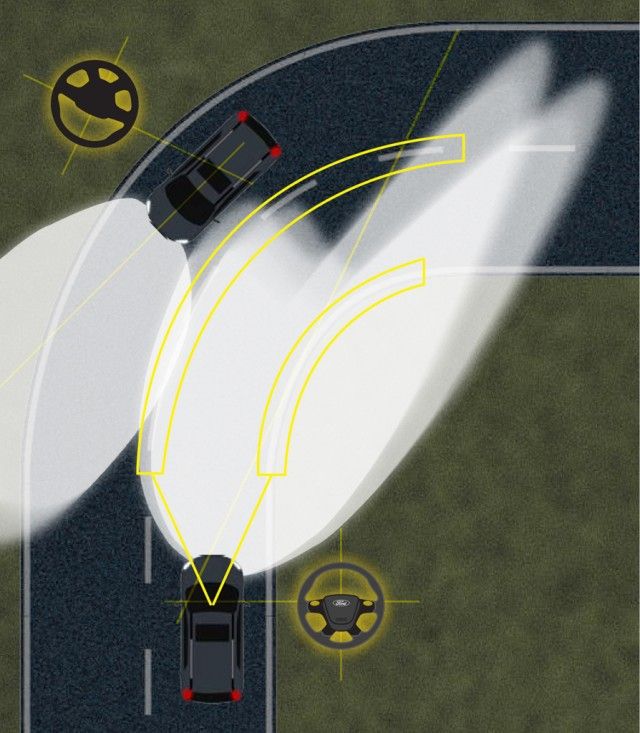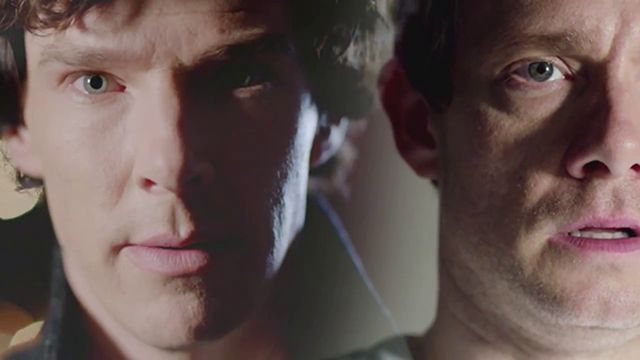GPS on the Ford directs lights into the dark corners of the road
Now there are lights that do turn leads to even before you arrive at you to it, before you start to turn the steering wheel. Your machine uses a data card GPS, to determine when and where to turn the headlights. If GPS is not available, the camera is located behind the rear-view mirror, will observe traffic signs and road bends.
The system design Ford Camera-Based Advanced Front Lighting was developed in Europe. Ford says, “the technology will be available to users in the near future.” This is another tool (like xenon, LED and laser lights, night vision), which will help drivers safely drive a car at night.
How it works: GPS knows where to turn
If the machine has a built-in GPS, according to Ford, it will use these cards to learn about each bend in the road. Then she turns the lights to the right or left to direct the driver to turn. Ford since 2007 provide a system Adaptive Front Lighting (Adaptive lighting) and Traffic Sign Recognition (character recognition), which allowed the car to rotate the lights at 15 degrees, and helps the driver to fit into the rotation. Managed lights are now widely used, especially with the option premium range.
Ford reports that the lights can be set to the guidance on the bumps in the road.
If GPS is not on board, the machine will use the front camera to recognize the warning signs of bumps, twists all the way, and will adjust the lights accordingly.
Spot Lighting displays people and animals near the road
The development of pre-Ford, Spot Lighting used the infrared camera in the radiator, to locate and track up to eight people or animals large animals (horses and deer, yes – but terrier – unlikely) at a distance of 120 meters. Ford says that their system can highlight two objects pair of special LED lamps located near the fog lamps. The two most dangerous are close to the road of the object displayed on the LCD.
This system of infrared night vision Ford is working on algorithms detect people and animals, and send them light, if they are in the probable danger (or directly on the roadway). Supplier of night vision Autoliv said that the system cost can be reduced from $ 2,000 to $ 500 with an increase in sales volumes, as well as if automakers abandon the conservative point of view, “everything in the cockpit,” and will highlight potential external threats.
Ford will use light-emitting diodes arranged separately from the headlights. Mercedes-Benz and BMW in Europe offer multimassive lights, in which one or more beams can be directed to illuminate a deer or a person with the ability to blind him to lock in place. Unfortunately, in the United States rules on the highway is a little different, and because of the security measures used blindingly bright lights is prohibited.
The same applies to the elements rotating lights. Automakers would be happy to use elements multimassivnyh headlights to guide rich beam on the road, and the individual rays illuminate suddenly appearing obstacles on the road. This would give you a very comfortable and long-range view of the road.
Why do you need a GPS and navigation
Without GPS and maps, these automatic headlights will not be as effective. Automotive industry must work harder to bring down the price to navigate on the map (automakers pay more for maps than a GPS unit price of $ 199), and make the interface as simple as possible. Most people still do not like the telephone control template “Direction to [address]”, but the phone knows what to do, as opposed to the expensive car GPS-module, which need long and tedious to dictate the address.




